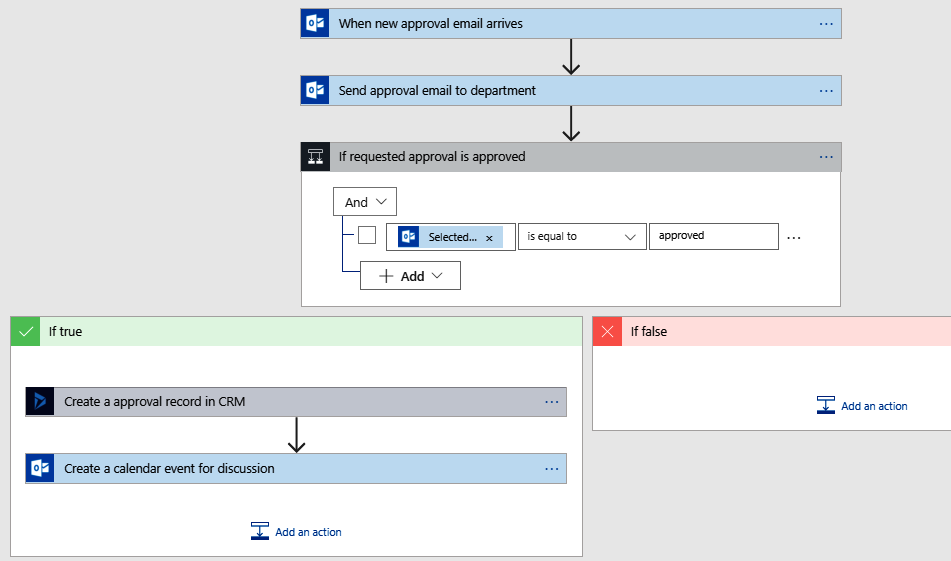Azure Logic Apps is part of the Azure Integration Services family and is an integration workflow engine in the cloud. With Azure Logic Apps, you can get started in no time and automate your workflows as required. With Azure Logic Apps, you can build highly scalable workflows in the cloud by taking advantage of more than 200 connectors (more than 200 were available at the time of writing):

Logic Apps works natively in a serverless fashion. What this means is that, like other serverless platforms, Logic Apps is also highly extensible in terms of micro-billing, scaling on demand, no infrastructure cost, a high level of monitoring, and the ability to bring your own APIs into Logic Apps and use it as a standard connector for building your integration solution.
Organizations are also reaping the benefits of flexible pricing models for Logic Apps. With Logic Apps, you are only charged for your usage (consumption-based pricing model); alternatively, you can opt for the Integration Service Environment (ISE) and pay a fixed price for your enterprise integration environment. ISE is a great step toward running an enterprise integration environment within a client's own virtual network, while still enjoying all the benefits of the cloud. We will learn more about ISE capabilities in later chapters.



